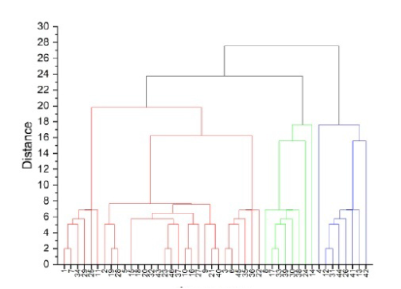


Indian Journal of Science and Technology
Year: 2022, Volume: 15, Issue: 21, Pages: 1032-1040
Original Article
Yogita Sharma1, Sunil Kumar2, Rachna Bhateria2*
1Department of Environmental Science, 2Associate Professor, Department of Environmental Science, Maharshi Dayanand University, Rohtak, Haryana, India
2Associate Professor, Department of Environmental Science, Maharshi Dayanand University, Rohtak, Haryana, India
*Corresponding Author
Email: [email protected]
Received Date:29 March 2022, Accepted Date:30 April 2022, Published Date:09 June 2022
Objective: To study the catalytic potential of green synthesized iron nanoparticles for the removal of methyl orange dye. Method: Response Surface Methodology (RSM) was applied based on the Box-Behnken Design (BBD) which determined the interactive influence of parameters i.e., pH (1-3), adsorbent dose (80-120mg), initial dye concentration (5-15 ppm), contact time (60-90 minutes), and temperature (30-40oC) on methyl orange removal. Findings: BBD-RSM demonstrated that the Di-FeNPs achieved the maximum efficiency of 98% of methyl orange dye removal. In the present Model, F-value 214.94 implicates the significance of the model. The predicted R2 of 0.9782 is closer to the adjusted R2 of 0.989 which shows a good consistency among experimental and predicted values. The experimental data were analyzed by applying Redlich- Peterson (R2= 0.982), Elovich (R2= 0.981), and Dubinin-Radushkevich (R2= 0.991) isotherms models. Novelty and applications: The statistical approach using the Box-Behnken design indicates that this model is specific and accurate for the applied experimental data. Green synthesized iron nanoparticles have the potential to remove (98%) methyl orange dye.
Keywords: Iron nanoparticles; Methyl orange; Green synthesis; Response surface methodology; Datura inoxia; Isotherms
© 2022 Sharma et al. This is an open-access article distributed under the terms of the Creative Commons Attribution License, which permits unrestricted use, distribution, and reproduction in any medium, provided the original author and source are credited.
Published By Indian Society for Education and Environment (iSee)
Subscribe now for latest articles and news.